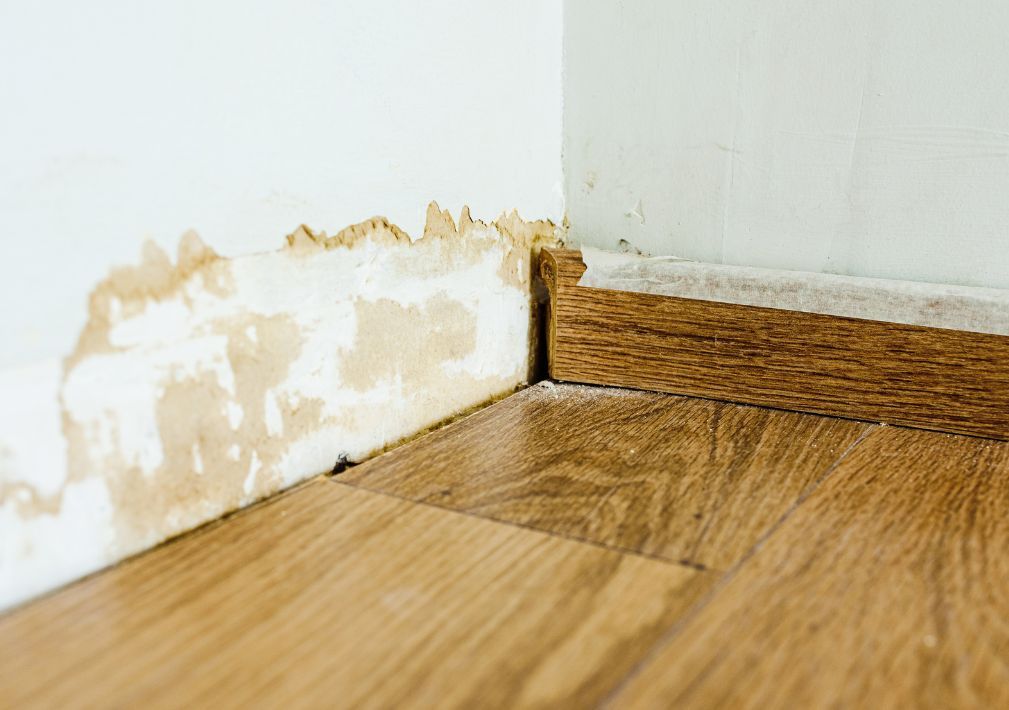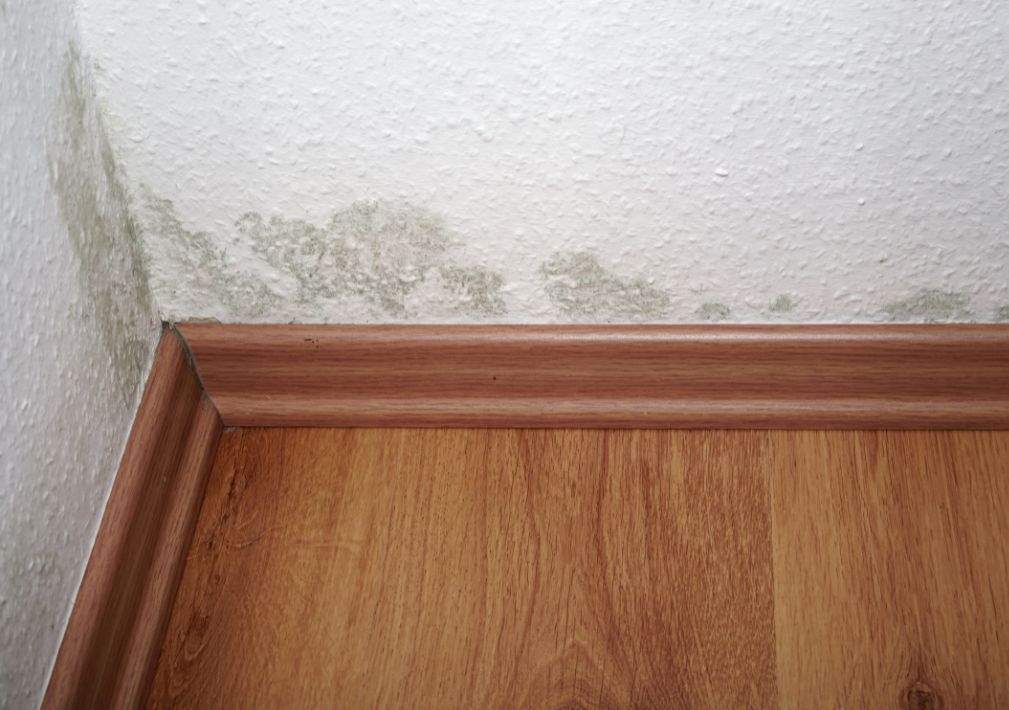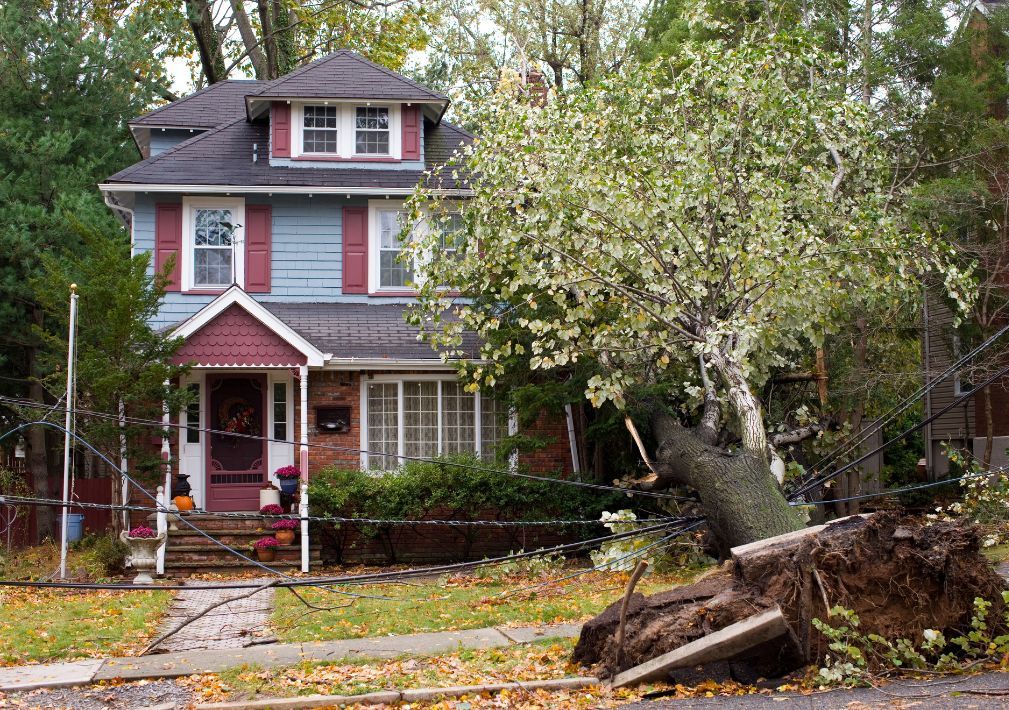Top Signs of Water Damage in Adairsville, GA: How to Spot and Fix Issues

Table of Contents
- 1. What to Do When You Notice Signs of Water Damage?
- 2. Frequently Asked Questions About Water Damage
- 2.1. 1. How do I know if water damage is recent or old?
- 2.2. 2. Can water damage cause health problems?
- 2.3. 3. How long does it take to fix water damage?
- 2.4. 4. Can I handle water damage cleanup myself?
- 3. Final Thoughts on Water Damage Restoration
Common signs of water damage include stains on ceilings, musty odors, mold growth, warped floors, and rising water bills, issues that can signal hidden or ongoing damage in your home or business. Water Damage can happen slowly over time or in a sudden burst from a broken pipe or flooding. If you’re in Adairsville, GA, where storms and humidity are common, staying vigilant for signs of water damage can save you time, money, and stress. Below, we’ll walk you through the top indicators of water damage and offer practical advice on what to do when you spot them.
What Are the Signs of Water Damage?
Water damage doesn’t always appear obvious at first glance. In many cases, it’s hidden beneath floors, behind walls, or in less-trafficked areas of your property. Here are the most common signs to watch for:
1. Stains and Discoloration on Walls or Ceilings
- Yellowish-brown stains or patches on walls and ceilings are one of the most visible signs of water damage.
- These stains often indicate a leaking pipe, roof damage, or condensation buildup.
Regularly inspect your ceilings, especially in corners and near windows. If you notice stains, investigate the source immediately to prevent further water infiltration.
2. Musty or Damp Odors
- A persistent musty smell in your home, particularly in basements, attics, or crawl spaces, often signals water damage.
- Lingering odors usually mean moisture has penetrated surfaces and may be promoting mold growth.
Use a dehumidifier in high-humidity areas and call a professional water damage restoration service provider if the smell persists.
3. Warped or Buckling Floors
- Floors that appear uneven, feel soft, or buckle over time can be caused by prolonged exposure to water.
- Hardwood and laminate flooring are particularly susceptible to warping due to water seepage.
Inspect floors near sinks, bathtubs, and appliances like dishwashers for any changes. Address leaks quickly to avoid extensive floor repairs.
4. Mold Growth
- Mold thrives in moist, dark environments and is a clear sign of water damage.
- It can appear as dark spots on walls, ceilings, or floors and often grows behind wallpaper or under carpets.
Mold not only damages your property but can also affect your health. If you spot mold, consult a water damage company for thorough mold remediation.
5. Peeling or Bubbling Paint and Wallpaper
- Excess moisture can cause paint to bubble or peel and wallpaper to loosen from walls.
- This is particularly common in bathrooms, kitchens, and areas near water pipes.
Regularly check for peeling or bubbling paint, especially in older homes. Repair any water source to prevent further damage.
6. Sudden Increase in Water Bills
- An unexplained spike in your water bill could indicate a hidden leak.
- Even small leaks from pipes or fixtures can lead to significant water damage over time.
Monitor your water bills closely and conduct regular plumbing inspections to detect and fix leaks early.
7. Cracked or Damp Foundations
- Water pooling around your home’s foundation can cause cracks, shifting, or dampness in the basement.
- Over time, this can weaken the structure of your property.
Ensure proper drainage around your home and install downspouts to divert water away from the foundation.
8. Rusted Pipes or Fixtures
- Rust on pipes, water heaters, or other plumbing fixtures often indicates water leaks or prolonged moisture exposure.
- Rust weakens pipes, increasing the risk of water damage.
Replace rusted plumbing components promptly and schedule regular maintenance with a water damage repair service.
9. Wet or Sagging Insulation
- Insulation in walls or attics can absorb water from leaks, causing it to become heavy, wet, or saggy.
- Damaged insulation is not only less effective but also encourages mold growth.
Inspect your attic and walls regularly for signs of damp or damaged insulation, especially after heavy rains.
10. Puddles or Standing Water
- Water pooling in basements, under sinks, or around appliances is a direct indication of water damage.
- If left unattended, standing water can lead to structural damage and mold growth.
Immediately clean up standing water and call a water damage cleanup professional, such as Voda Cleaning & Restoration of Northwest Georgia, to investigate and address the root cause.
What to Do When You Notice Signs of Water Damage?
If you detect any of these signs, taking immediate action is crucial to minimize damage and prevent further complications:
Step 1: Identify the Source
Locate the source of water damage, whether it’s a leaking pipe, roof, or appliance. Shut off water supply lines if necessary.
Step 2: Remove Standing Water
Use a wet vacuum or mop to remove standing water. Quick cleanup reduces the chances of mold growth and secondary damage.
Step 3: Ventilate the Area
Open windows and use fans or dehumidifiers to dry the affected area. Proper airflow prevents excess moisture buildup.
Step 4: Inspect and Repair
Examine surrounding areas for damage. Depending on the extent of the issue, you may need a professional water damage restoration service for repairs and cleanup.
Step 5: Consult a Water Damage Company
For severe or hidden damage, contact a trusted water damage repair company like Voda Cleaning & Restoration of Northwest Georgia. Professionals have the tools and expertise to resolve the issue effectively.
Frequently Asked Questions About Water Damage
1. How do I know if water damage is recent or old?
According to Servicemaster Restore, recent water damage typically appears as damp surfaces or lighter stains. Older damage may show as darkened stains, mold growth, or warped materials.
2. Can water damage cause health problems?
Yes, untreated water damage can lead to mold growth, which may cause respiratory issues, allergies, and other health concerns.
3. How long does it take to fix water damage?
The timeline depends on the severity. Relatively recent damage may take anywhere between 3-14 days, while extensive water damage repairs could take 4-6 weeks.
4. Can I handle water damage cleanup myself?
For small spills or leaks, DIY cleanup may work. However, extensive damage, mold, or hidden issues require professional water damage restoration services by experts, such as the ones at Voda Cleaning & Restoration of Northwest Georgia.
Final Thoughts on Water Damage Restoration
Water Damage in Adairsville, GA is a common yet manageable issue if caught early. By understanding the warning signs and acting quickly, you can protect your property and health. Voda Cleaning & Restoration of Northwest Georgia, we specialize in comprehensive water damage restoration services. From initial assessment to thorough cleanup and repairs, our expert team is here to help. Don’t let water damage disrupt your life. Contact us today for a consultation and reliable restoration services tailored to your needs.
More Blogs
Categories




